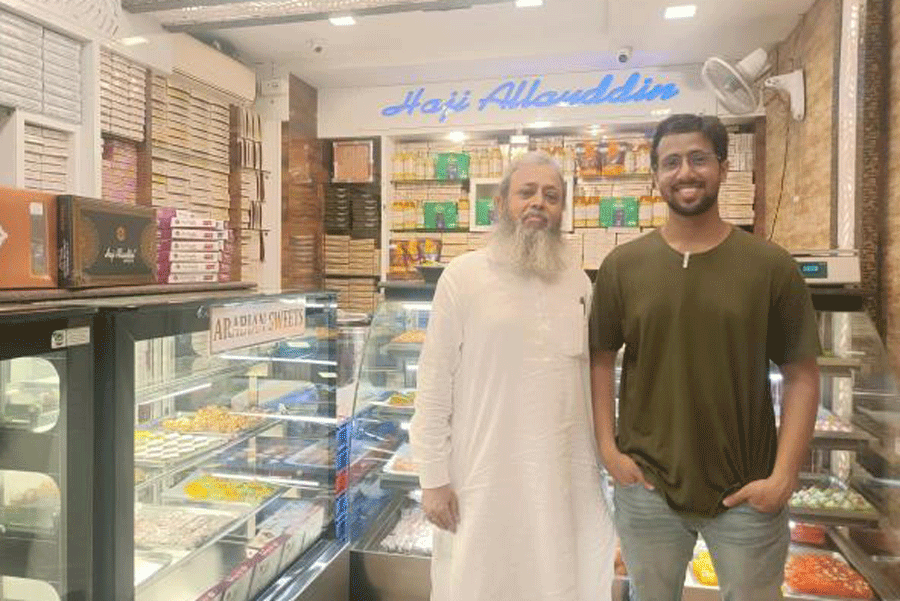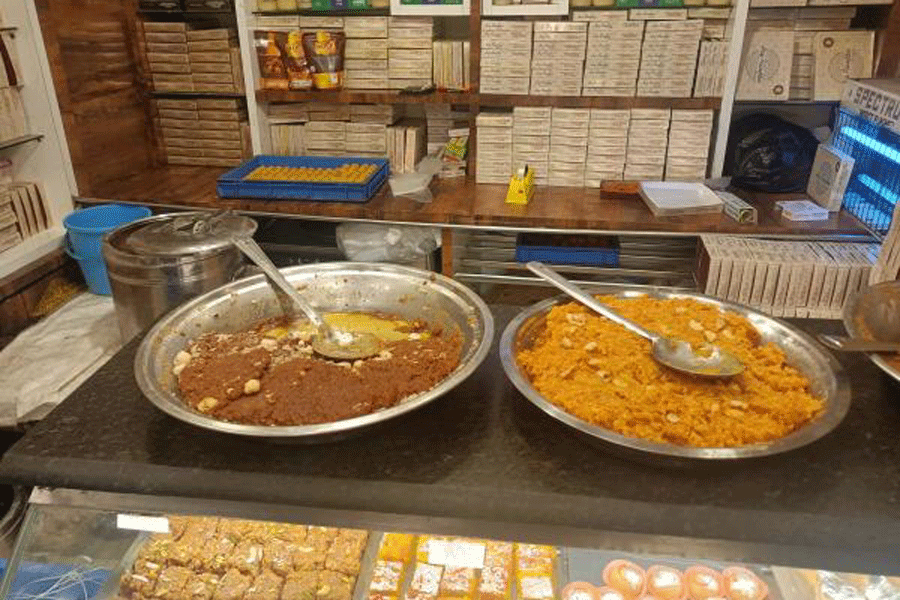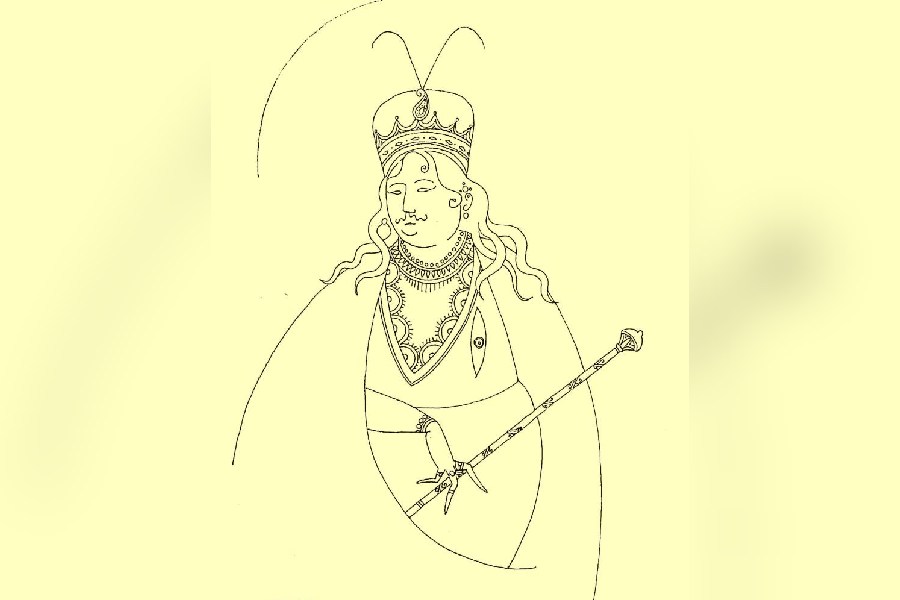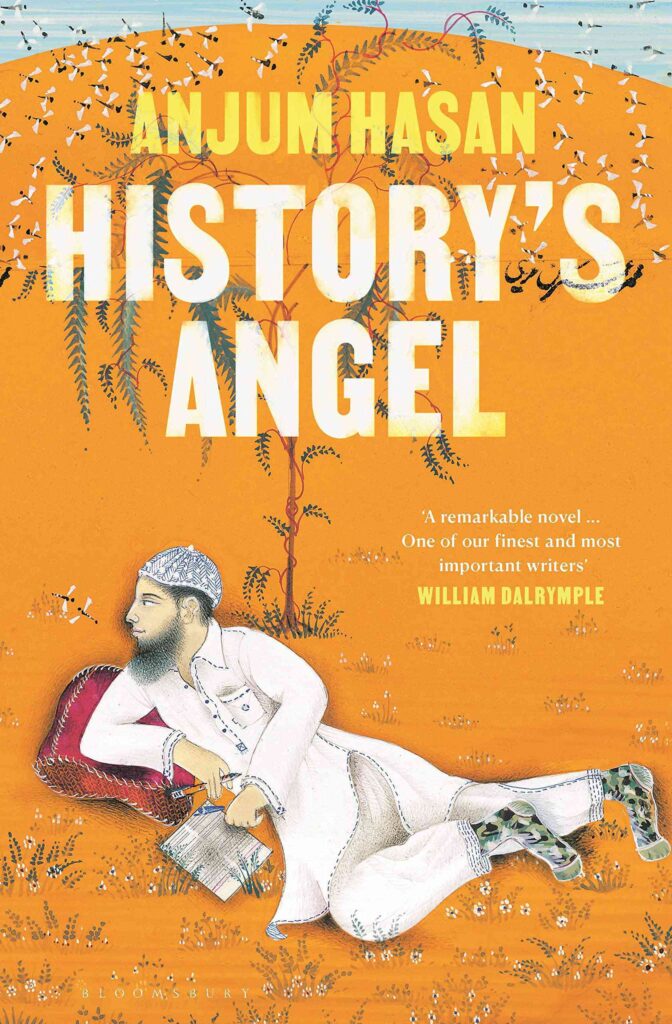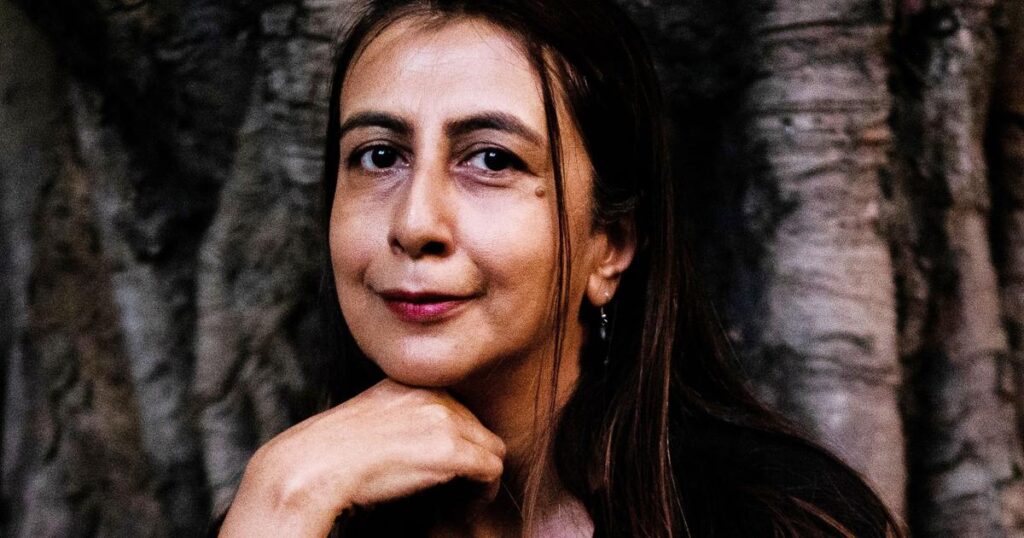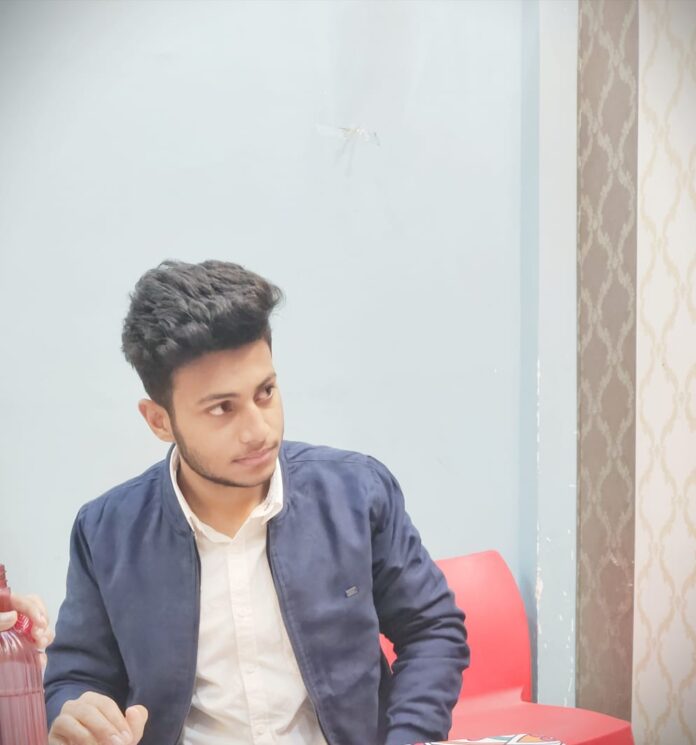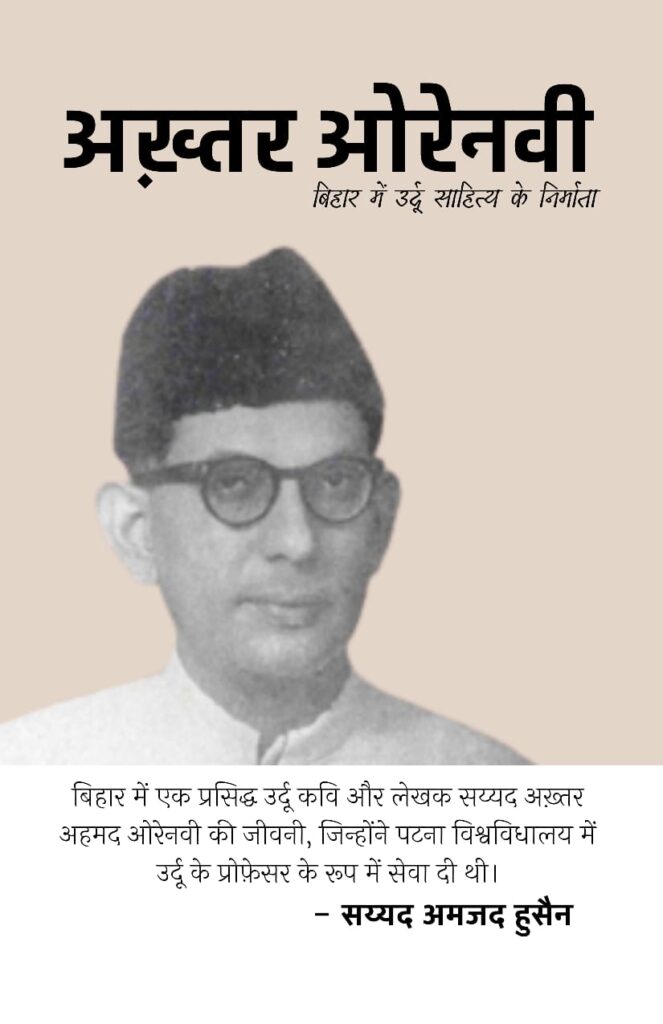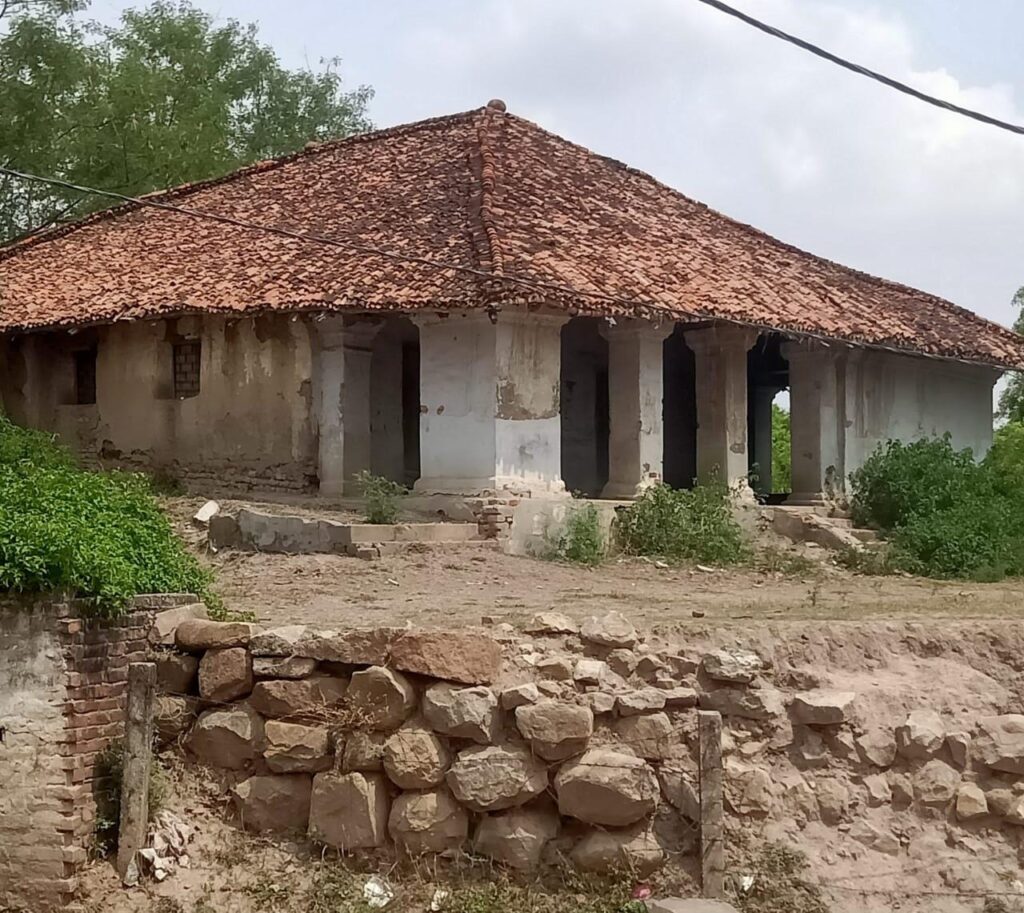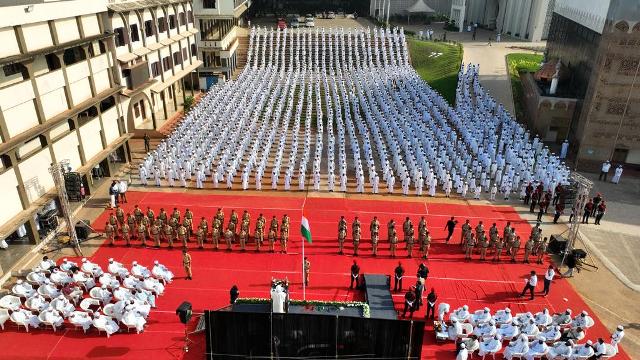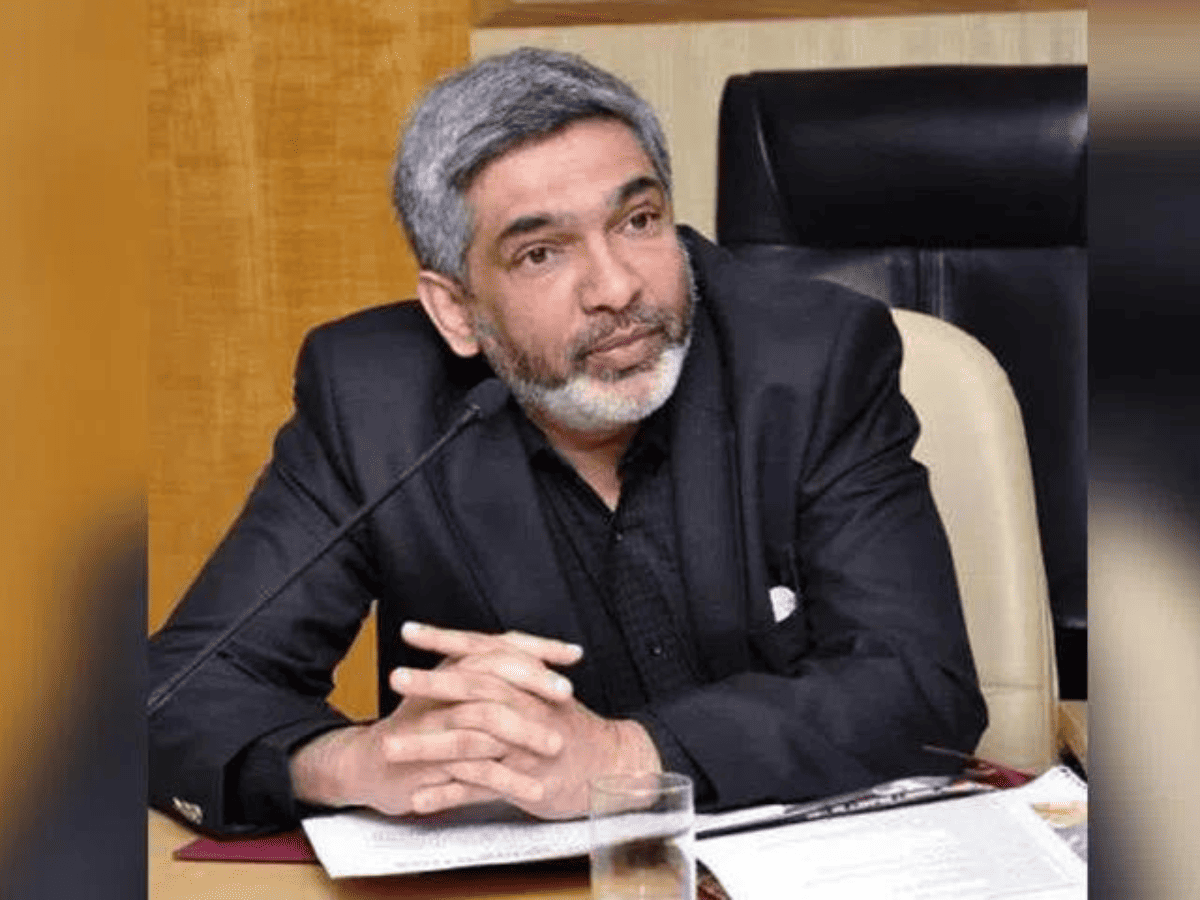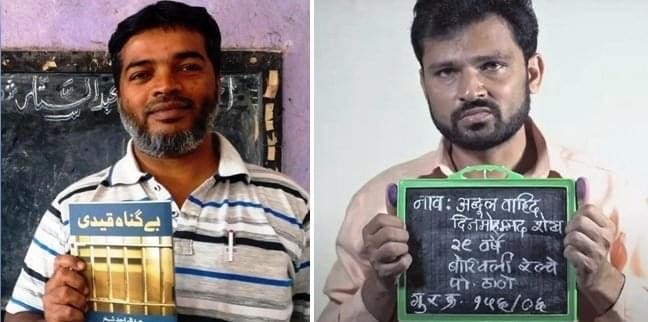Panjim, GOA:
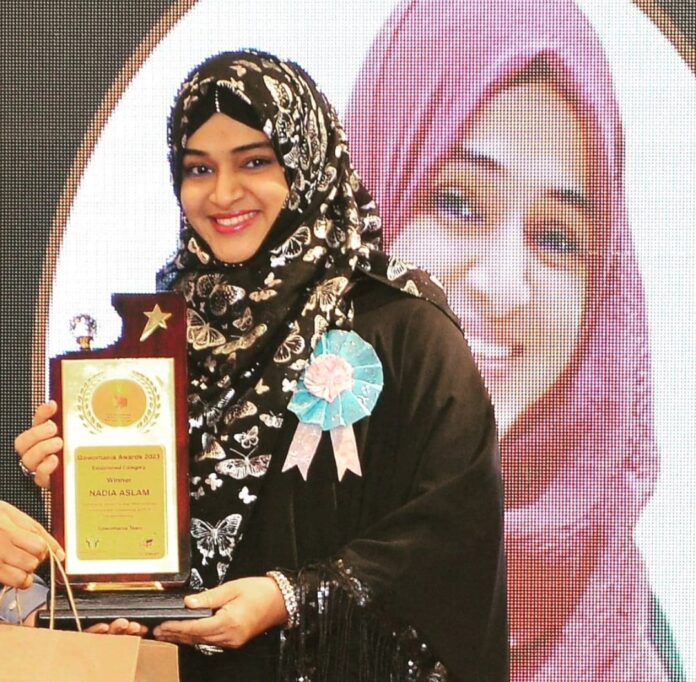
Nadia Aslam, a resident of Panjim, Goa has always had a love for baking cakes. She used to bake delicious cakes for get-togethers and her close friends, but that changed when she went to college to study textile designing. She started a boutique business for a few years after college before having her first child. Nadia returned to making cakes as a career in 2016 after a gap of two years to devote more time to caring for her newborn.
“I shifted from designing clothes to designing cakes,” the 40-year-old cake artist explained to Two Circles.
Nadia has baked over 2000 cakes and pastry products, including cupcakes, for weddings, birthdays, and corporate events in the last seven years.

Challenges Faced in the Baking Business
Nadia faced several hurdles at the start of her professional career as a pastry artist. “I began very small. Because I used to earn little money, I would reinvest it in buying more stuff to meet the requirements,” she explained.
Nadia and her family used to live in a modest residential society that didn’t have a lift or enough space in the flat where she could set up her baking business in the early years. “For the business and classes, I needed space and a lift for efficient transportation because the bakery products are very fragile,” she explained.
Nadia moved to a larger flat for the sake of her business endeavour. Then after four years of baking at home, she rented a small property solely for cake production and hired an employee.
One of the major issues Nadia still encounters is a power outage while baking cakes, as well as bad roads, which leads to the fraying of the cake.
According to Nadia, it takes 17 hours to prepare, make, bake, and decorate a single cake. It became difficult when she began receiving orders for great corporate events and large parties. She said her customers want her to focus more on the decoration and general presentation of the sweet delicacies, which takes a lot of time and work.

Earlier Nadia was preoccupied with household chores, raising children, and running the cake shop. “It messed up my sleep schedule, and I was frequently sleep-deprived,” she explained.
‘Men Should Encourage Their Wives’: Nadia Receives Support From Her Family
Nadia faced challenges, but she also received tremendous emotional support for her business from her family. Her husband, Rehan Shaikh, was always encouraging and helpful, from getting baking supplies to delivering cake orders.
“Men should encourage their wives,” said Rehan, beaming with pride at her success. Shaikh is in charge of handling the accounting of the cake business.
Nadia is assisted by her three children, aged 17, 14, and 12, in addition to her husband and two employees. “My kids help me after school and during the holidays,” she explained.
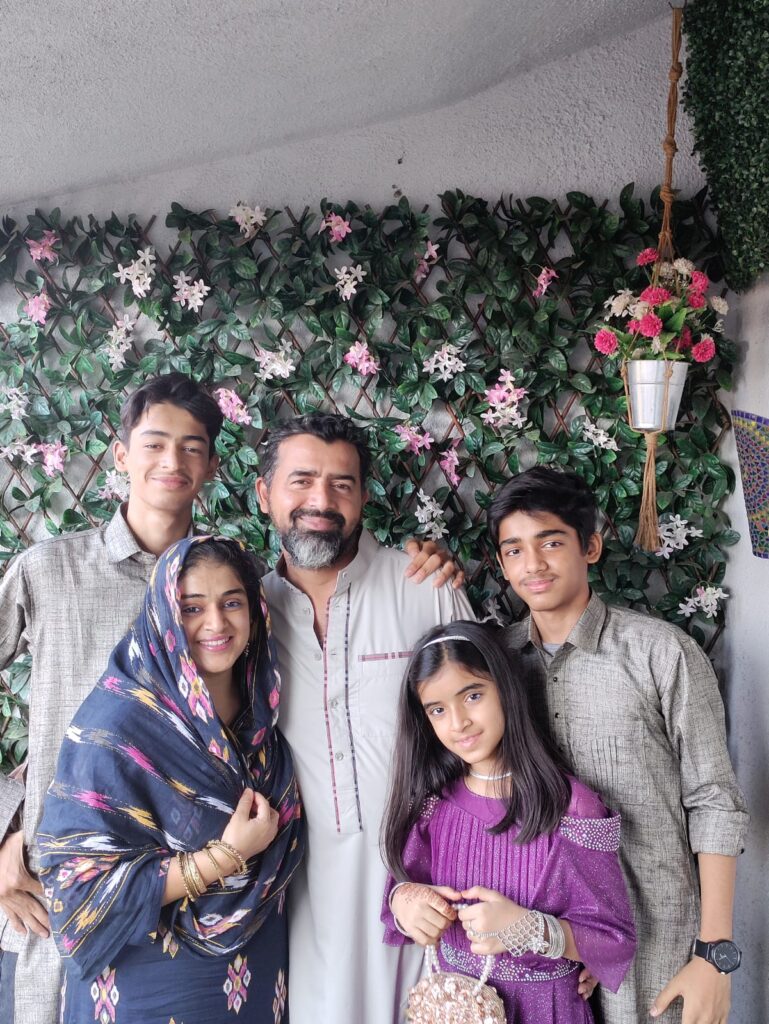
Teaching Women How to Bake
Nadia shared her experiences as a Muslim Hijabi pastry artist. “We Muslim women can financially support our families while practicing Islam and following its guidelines,” she said.
Nadia stated that her mother, a former beautician, is her greatest inspiration.
Aside from baking cakes, Nadia offers paid baking workshops that last two to three months and has taught hundreds of women how to bake and decorate cakes. Nadia hopes to build an academy where women bakers learn from chefs from all over the world.
The ‘Moist choco truffle’ is the most popular item in her diverse menu of cakes. “It’s my customers’ all-time favourite item, and they often come back to request more,” she explained.
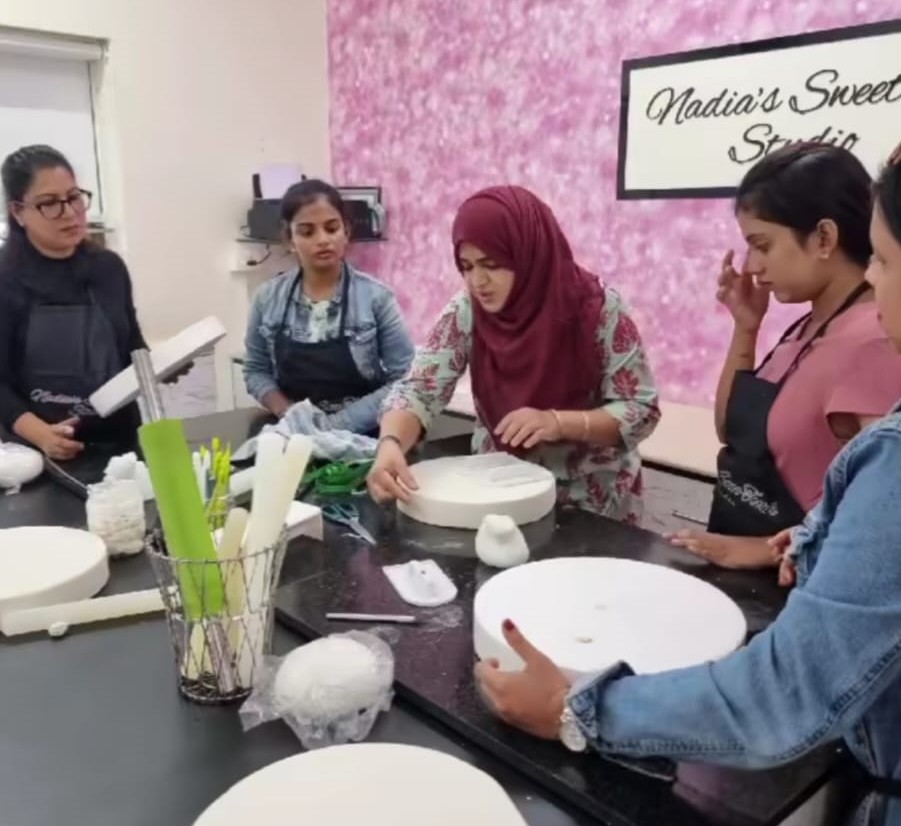
Receives Order From Across India
Nadia does not currently own a shop, but she receives a large number of orders through her Instagram and Facebook pages.
“We not only get orders from Goa, but also from Mumbai, Maharashtra, Belgaum, Bangalore, Tamil Nadu, and other places,” she explained. Nadia uses roadways to deliver cakes within 100 kilometers of Goa, and railways to deliver cakes to Mumbai, Belgaum, and other distant locations.
Nadia received multiple awards for her cake-making abilities, including the “Star of the Month” award from Gowomania Goa, an organisation of Gaon women, in 2017.
Sobiya Inamdar is an independent reporter based in India
source: http://www.twocircles.net / TwoCircles.net / Home> Indian Muslim> Lead Story> TCN Positive> Women / by Sobiya Inamdar, TwoCirlces.net / August 29th, 2023

